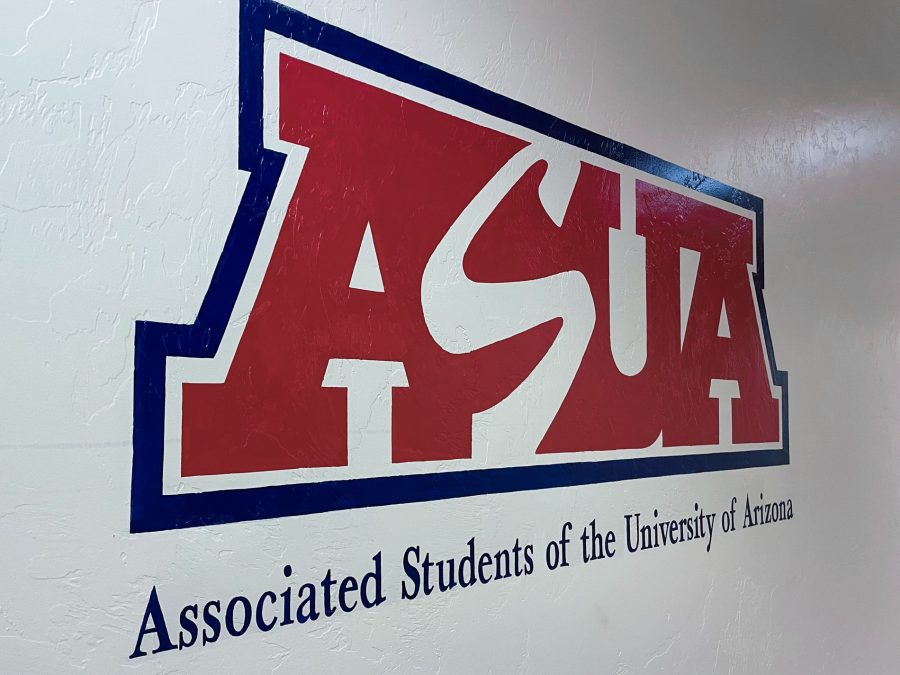A group of Arizona scientists, including two from the UA, are joining forces to create a virtual stem cell research institute.
The institute, called the Arizona Non-Embryonic Stem Cell Institute – a title that is subject to change – involves a plan to bring together research findings, stem cell supply banks and methods for clinical trials from many research facilities in order to increase productivity, said David Harris, a professor of immunology and director of the Cord Blood Registry.
Scientists in Arizona have been working in isolation from one another, which means different facilities could repeat experiments. The new institute, still in its early stages, would eliminate overlaps and advance research through collaboration.
“”Each of us have information that can help one another,”” said Joseph Rogers, president of the Sun Health Research Institute. Rogers is set to be the co-director of the Arizona Non-Embryonic Stem Cell Institute, which will not require buildings because it is virtual.
Much of the research involved in the institute will use the blood left in the umbilical cord that can be stored after a birth, Harris said. The stem cells that are primitive cells and can be used to replenish various types of cells in the body are found in white blood cells in the cord.
Scientists have discovered that cord blood has the potential to treat and cure diseases such as Parkinson’s disease, Alzheimer’s, cancer and cerebral palsy, Rogers said. Researchers have experimented with restoring the nervous system after a car accident, helping rid a person of heart disease and repairing joints using stem cells, Harris said.
“”This is something we’re doing today,”” Harris said.
Arizona is already the home of the Cord Blood Registry, the largest cord blood facility in the world, Harris said.
Harris has been doing stem cell work since 1989. In 1992, his son Alex Harris became the first person to have stem cells collected and stored for later use. This was the beginning of the stem cell bank, David Harris said.
The combined effort would be a much more efficient use of money, experimental equipment, time and stem cell supply, Harris said.
“”This will allow Arizona to apply for more grants, it will bring in outside-state investments, and bring in the need for high-tech jobs,”” Harris said.
The distinction between Arizona facilities and others in the United States is that most are embryonic stem cell facilities.
Rogers said non-embryonic cells have benefits because embryonic cells only replicate themselves and do not create lost organs or other parts of the body.
“”In every case where stem cells have been put into an animal, they did not make animal parts; they made a tumor,”” Rogers said. “”Our belief is that we don’t need to use fetal tissue.””
A statewide meeting is set for Feb. 9 to discuss the future of the collaboration.
“”Stem cells have the ability to revolutionize biomedicine,”” Rogers said.
Stuart Williams, director of biomedical engineering for the Arizona Research Labs and a professor of biomedical engineering, will also be part of the project.









